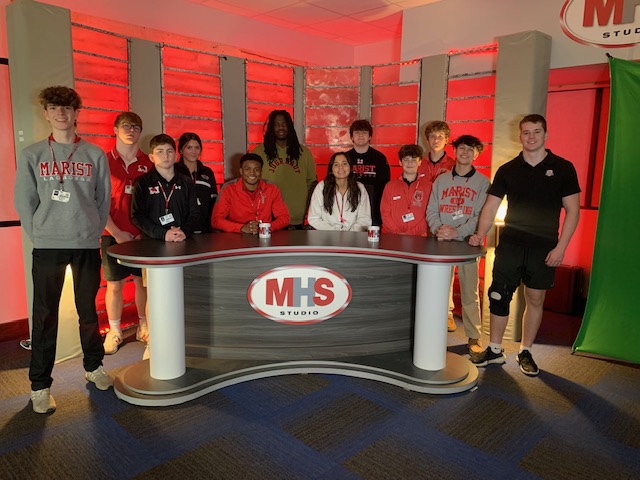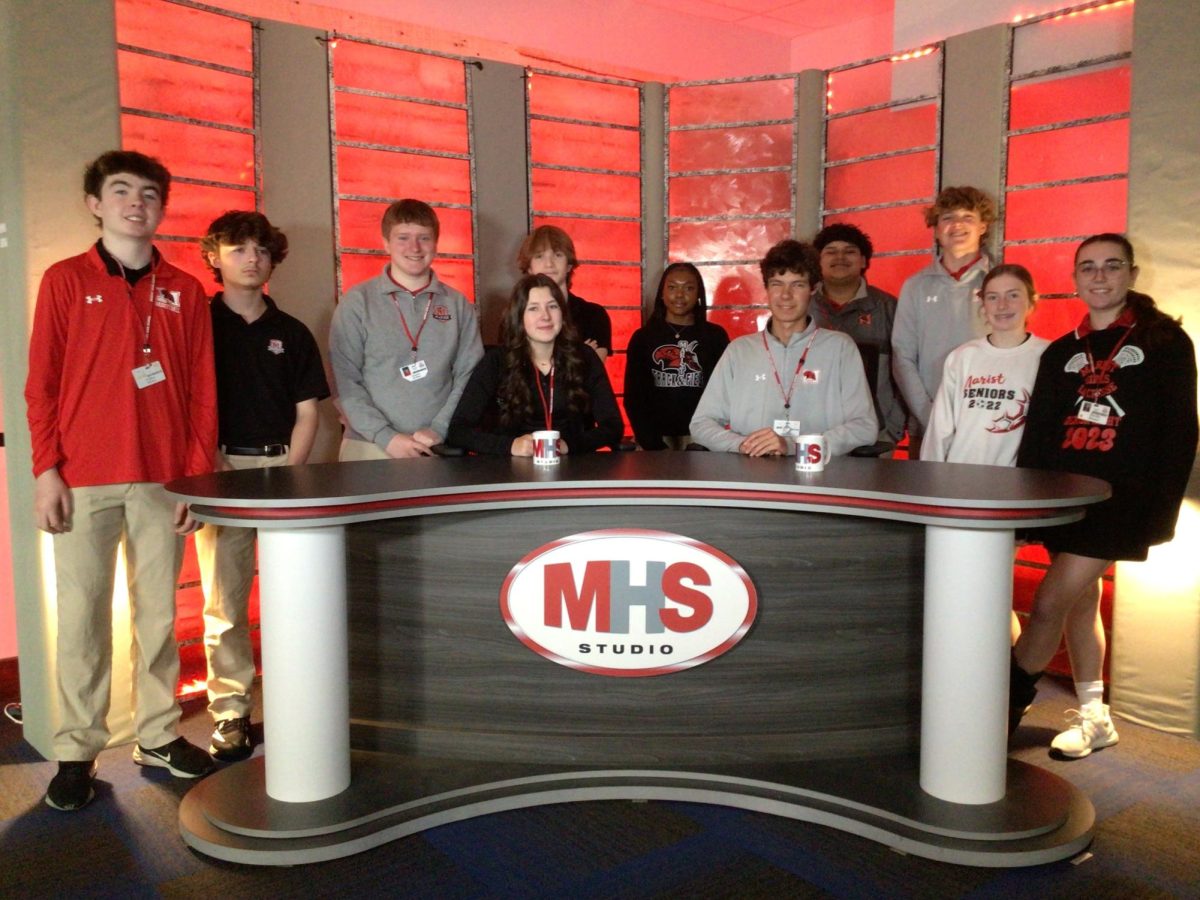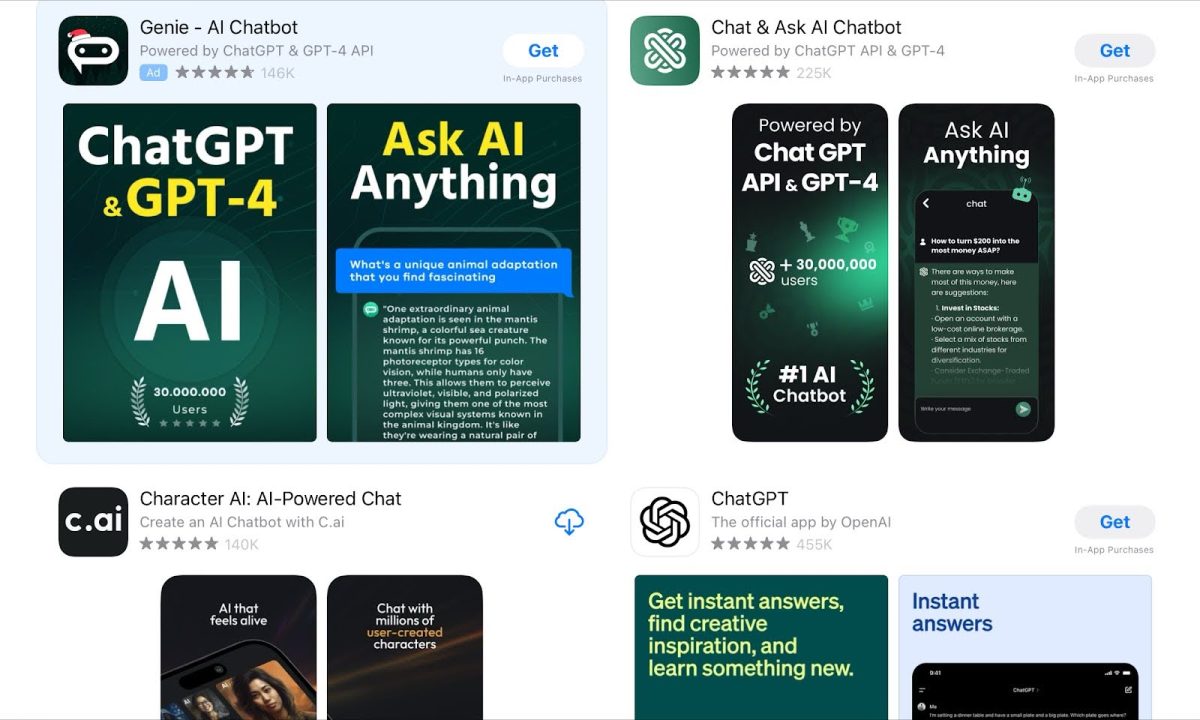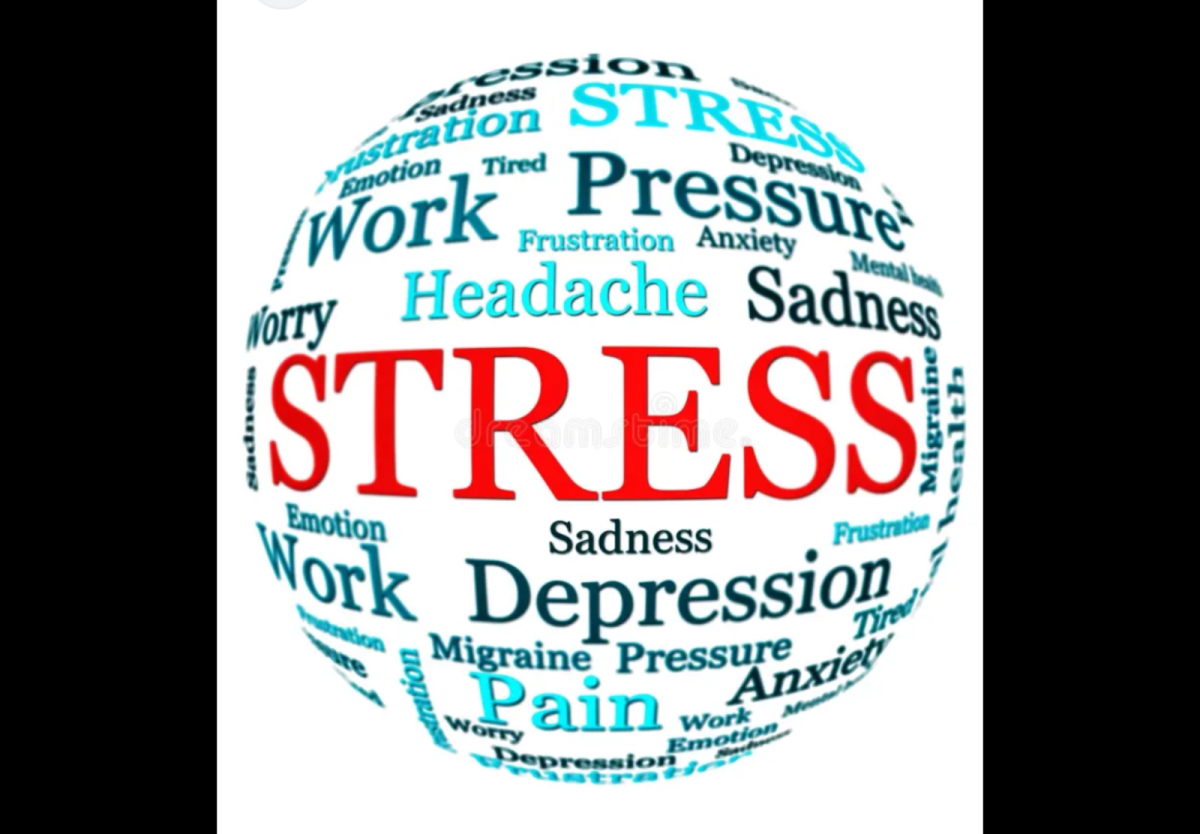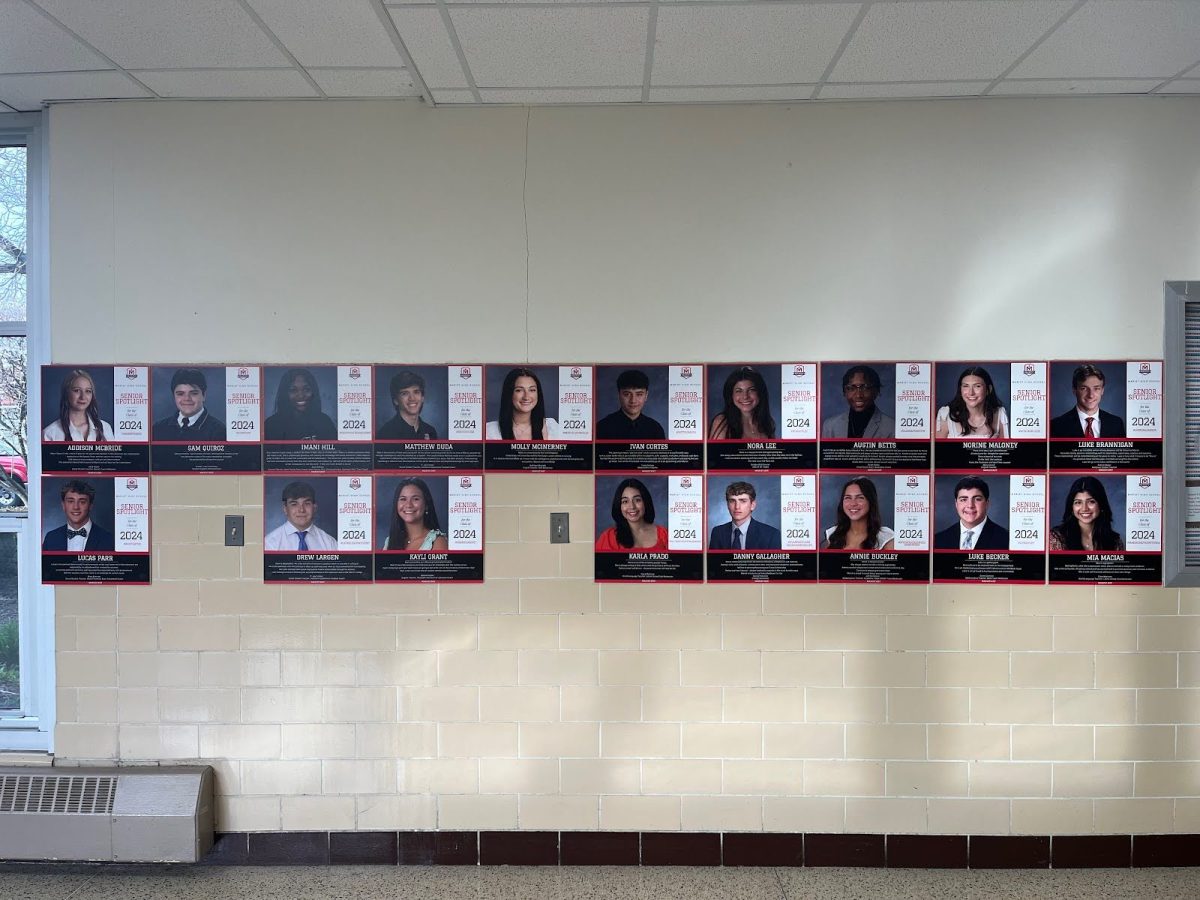In the last four years, AI has become more popular with students, but is it really providing the academic help they crave or potentially making things more complicated?
The term “artificial intelligence,” was created by John McCarthy, American computer scientist and founder of disciplined AI. However, the first successful program was created by Christopher Strachey, late director of the Programming Research Group at the University of Oxford. Strachey worked with the Feranti Mark I, a computer created by a United Kingdom electrical and equipment firm in Manchester, England. He made a checkers program as a test. By summer of 1952, the program could play the game at a moderate speed, proving to be effective and eventually made a path for future development and growth.
Seventy years later, AI demonstrates its capabilities by giving answers, generating images, or writing papers. But what effects has this amazing change had?
Let’s examine the current statistics. According to the website, Findwe3.com, 97% of people using computerized devices use AI on a daily basis. Here in North America, it has gained about $51 billion, making up 58.6% of the entire global market. This alone proves AI is becoming more influential than ever.
Now, let’s discuss the school system. AI was popularized in 2011 and took the internet by storm. It began dominating the school system in 2020 when the sudden influx of COVID-19 suddenly threw students into online schooling. Once the virus subsided slowly, schools opened with new intentions.
Returning to school, interest in apps like brainly and photomath came to the forefront. However, two apps were not going to be enough. Around 2021 and 2022, the use of AI in schools skyrocketed dramatically as more apps and websites were being advertised by social media platforms such as Tiktok, Instagram, and more.
MHS Media conducted an informal poll of 123 students to gather statistics on the usage of AI at Marist, and these were the results. Out of all four years, freshmen use AI the most (40.4%).
Among all year levels, 26.4% use ChatGPT, the most popular and preferred source, 21.3% use AI for English regularly, and 12.3% use their Snapchat AI frequently.
Also, 20.2% of students surveyed say they don’t use it for any subject. At this time, 52.3% of seniors report they have not used any AI this semester.
The survey concluded with multiple thoughts and opinions. The most common answer for positives was that it “helps get work done,” and for negatives was that it “isn’t as accurate as it seems.” Overall views were divided between good and bad, but some were completely against it.
The differences show how students themselves perceive AI. If these are the results, then what are the main reasons students are using it?
“Kids feel like they don’t have enough time to work on things, or they’ve procrastinated and are up against a clock for an assignment that’s due,” said Principal Mrs. Dunneback. “They put pressure on themselves about getting it done, and sometimes they do it the wrong way, which is stealing it from some place else.”
“Some students may need a bit of help,” said Computer Science Teacher Mrs. Fey. “They use it because it will tell them how to do stuff, and they will learn from it.”
Both expressed that AI has its advantages and disadvantages, but it mainly comes from a genuine need for help, or just getting the answers and submitting without effort.
“I think there is a lot of merit to having an iPad, a phone, and a computer. But, there are still a lot of other things that you can do without them,” said Dunneback.
“It’s a good learning experience, but there are students who just want to use it because they want to get things done and not learn anything. AI doesn’t benefit them that way,” said Fey.
So, is AI actually helpful or harmful?
The answer is unclear. There are benefits such as quick responses, multiple apps or websites to choose from, and even improvement. But, there are also drawbacks such as plagiarism, overuse, and creating a lack of effort. There are many things to take into account, but it all depends on where you stand on the matter.
Whether it’s being used for good or bad, there is no denying that AI has become a staple in schools. AI can be both useful and non-beneficial. What really matters is how it’s used and if it can really make an impact on students or affect their academic performance as a whole.












